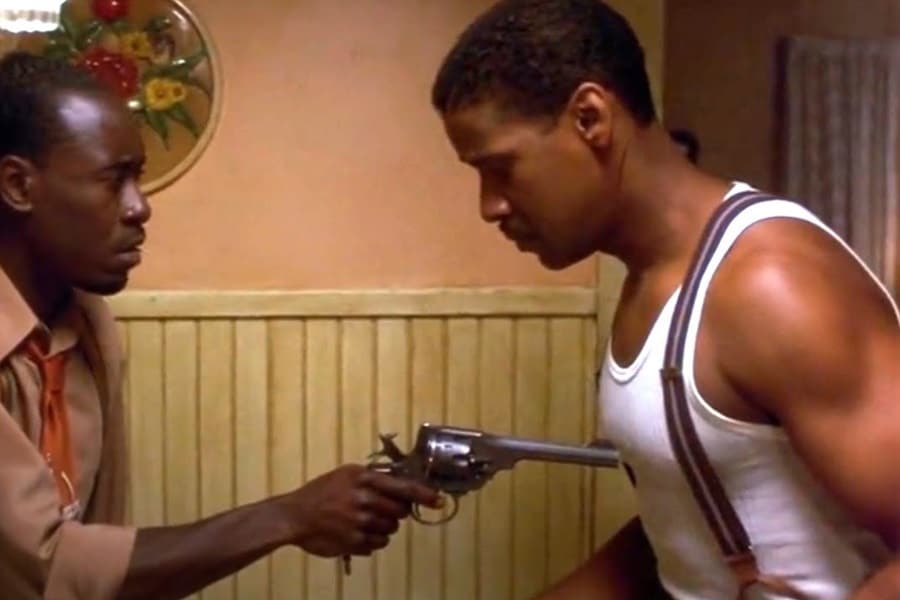
1980s Mysteries
The 1980s, a decade often remembered for its vibrant pop culture, also harbors an intriguing underbelly of mysteries and crime stories that continue to captivate audiences today. This era, a golden age for crime fiction, witnessed a remarkable blend of traditional detective tales and innovative narrative styles that stretched the boundaries of the genre. Amidst the neon lights and synthesizer music, the 1980s crafted a legacy of crime stories that are as complex as they are captivating.
One of the standout features of 1980s crime literature is its geographical diversity. Unlike the predominantly Nordic and Southern noir that later dominated the genre, this period celebrated a variety of settings, each with its own unique flavor of mystery and intrigue. For instance, the neon-drenched streets of Los Angeles became a backdrop for hardboiled detective stories, where protagonists like Walter Mosley’s Easy Rawlins navigated a world rife with social tensions and moral ambiguities in “Devil in a Blue Dress” (1990). This novel, later adapted into a film, showcased the gritty reality of post-war LA, blending classic detective tropes with a sharp commentary on race and politics.
Across the pond, the 1980s British crime scene was thriving with a slightly different tone. P.D. James’s Adam Dalgliesh series, including “A Taste for Death” (1986), offered a more cerebral and psychological approach to crime-solving. These stories combined intricate plotting with deep character exploration, set against the backdrop of various UK locales. The series’ success led to numerous screen adaptations, cementing Dalgliesh’s place as a quintessential British detective.
Meanwhile, in Japan, the decade saw the rise of authors like Natsuo Kirino, whose novel “Out” (1997) broke ground with its focus on female protagonists entangled in Tokyo’s underworld. Kirino’s work offered a stark contrast to traditional detective novels, with its focus on the societal pressures faced by women and the desperate measures they take. This novel, too, found its way to the screen, further highlighting the global appeal of 1980s crime narratives.
The 1980s also witnessed the emergence of historical mysteries as a potent sub-genre. Umberto Eco’s “The Name of the Rose” (1980), a cerebral mystery set in a medieval monastery, combined semiotics, biblical analysis, and medieval studies with a gripping narrative. Its adaptation into a film in 1986 brought this complex tale to a wider audience, showcasing the era’s appetite for intellectually challenging narratives.
Another notable trend of the 1980s was the blending of crime fiction with other genres. Thomas Harris’s “Red Dragon” (1981), for instance, merged the crime thriller with horror elements, introducing the world to the chilling character of Hannibal Lecter. This novel, and its subsequent adaptations, opened the door for more genre-bending stories that would come to define modern crime fiction.
Amidst these innovative narratives, the classic whodunit remained a staple of 1980s crime literature. Agatha Christie’s posthumous release, “Sleeping Murder” (1976), reminded readers of the enduring appeal of a well-crafted puzzle. Christie’s influence extended well beyond her lifetime, with screen adaptations continuing to introduce new generations to her timeless mysteries.
The decade also saw crime fiction address societal issues more directly. Sara Paretsky’s “Indemnity Only” (1982) introduced V.I. Warshawski, a female private investigator who challenged gender norms and tackled social injustices in her cases. Paretsky’s work was not just about solving crimes; it was about highlighting the struggles of women in a male-dominated society, a theme that resonated deeply with readers and viewers alike.
As the 1980s drew to a close, the crime genre had evolved into a rich and diverse tapestry, reflecting the complexities of the world around it. The era’s legacy lives on in the countless adaptations and reinterpretations of its stories, from film to television to graphic novels. These adaptations often reframe the original narratives, offering new perspectives and insights, thus keeping the mysteries of the 1980s alive and relevant in the contemporary imagination.
In retrospect, the 1980s marked a significant turning point in the evolution of crime fiction. It was a period that embraced both tradition and innovation, creating a body of work that was as varied as it was enthralling. The mysteries of the 1980s, with their rich characterizations, diverse settings, and willingness to confront societal issues, continue to influence the genre today, reminding us that the heart of a great crime story is its ability to reflect the human experience in all its facets. These stories are not just about the crimes themselves, but about the people who solve them, the societies they operate in, and the moral questions they raise. In this sense, the mysteries of the 1980s are timeless, continuing to draw in readers and viewers with their compelling narratives and enduring themes.
More Mystery Features
Locked Room Mysteries
Unraveling the Enigma of Impossibility
Whodunnit Mysteries
The spine-tingling genre that keeps readers on the edge of their seats
Mysteries of the 1970s
A Golden Era for Mysteries



